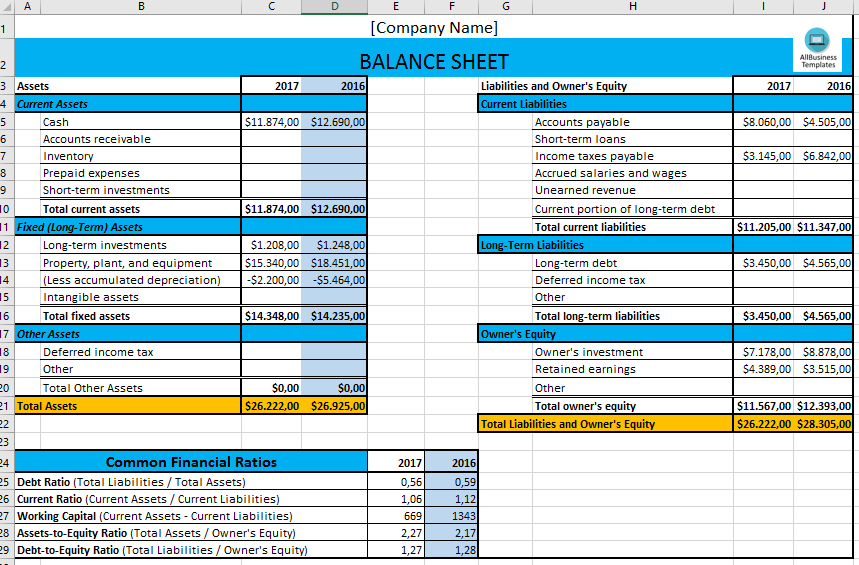VLS Paperwork for Cars: What You Need to Know

When purchasing a vehicle, the paperwork can seem like a daunting maze. But understanding the Vehicle Registration System (VRS) documentation, commonly referred to as VLS paperwork, is crucial for a smooth ownership transition. This extensive guide will walk you through all the vital aspects of VLS paperwork, ensuring you're well-prepared to navigate this process with ease and confidence.
Understanding VLS Paperwork

Vehicle Registration System (VRS) documentation, or VLS paperwork, is the paperwork required by the state or country to transfer ownership of a vehicle legally. This includes:
- Vehicle Title Certificate
- Bill of Sale
- Registration Application
- Emissions Certification (in certain states)
- Insurance Proof
Vehicle Title Certificate

The vehicle title is essentially the ownership document of the car. It will list the:
- Vehicle Identification Number (VIN)
- Make, Model, and Year of the Car
- Names of the Current and Previous Owners
- Odometer Reading
- Title History
During the sale, the seller must sign and date the title, transferring ownership to the buyer. Make sure that:
- The title is free from any liens or encumbrances.
- The seller's signature matches the name on the title.
- All relevant sections are correctly filled out.

Bill of Sale

This document serves as proof of the transaction between the buyer and seller:
- Purchase Date
- Parties Involved
- Vehicle Details (VIN, Make, Model, Year)
- Purchase Price
- Odometer Reading
Both parties must sign the bill of sale, and it's good to keep at least two copies: one for each party involved.
Registration Application

To register your vehicle:
- Submit the completed VLS-2 form (Vehicle Registration and Titling Application).
- Pay the registration fees, which can include taxes, title fees, and registration plates.
- Provide proof of insurance.
Depending on the jurisdiction, this might be done at the DMV, through a third-party service provider, or online.
Emissions Certification

In some states or countries, you’ll need to provide proof that the vehicle meets emission standards:
- Obtain an emissions test from an authorized inspection station.
- If the car fails, you’ll need to fix the problem before re-testing.
This step ensures that your vehicle is environmentally compliant before you can drive it legally.
Proof of Insurance

Insurance is not just a formality; it’s a legal requirement:
- Ensure your insurance policy covers the minimum liability required by your state or country.
- Provide your insurance provider’s name, policy number, and coverage details to the DMV or VLS office.

The Process

Here’s a step-by-step guide on how to navigate VLS paperwork:
- Prepare Documents: Gather all necessary documents mentioned above.
- Visit DMV or Authorized Agency: Go to your local DMV or authorized agency with your seller, if possible.
- Complete Forms: Fill out all forms correctly, ensuring signatures and information are accurate.
- Submit and Pay: Submit all documents and pay the required fees.
- Wait for Processing: After submission, you might need to wait for processing, which could range from a few days to a few weeks.
- Receive Registration: Once processed, you’ll receive your new registration, plates, and title.
📝 Note: If buying from an auction or private seller, always ensure the title is transferred immediately upon sale.
Why Proper VLS Paperwork Matters

Proper documentation:
- Provides legal proof of ownership.
- Enables tax deductions (if applicable).
- Is required for vehicle registration and renewal.
- Helps in case of theft or disputes.
Afterthoughts

Dealing with VLS paperwork might seem overwhelming, but with this guide in hand, you’re equipped to manage the process efficiently. Remember:
- Stay organized and keep copies of all documents.
- Be vigilant about the authenticity of the paperwork, especially when buying from private sellers.
- Understand the local regulations as they can vary significantly.
Can I register my vehicle without insurance?

+
No, insurance is a mandatory requirement for vehicle registration in most jurisdictions. You must provide proof of insurance before your vehicle can be registered.
What happens if the title has a lien?

+
If there’s a lien on the title, the vehicle’s ownership cannot be transferred until the lien is paid off or released by the lender. The seller must provide a lien release before you can proceed with the title transfer.
Is it possible to do this process online?

+
Yes, in many places, you can handle the VLS paperwork online through the DMV’s website or via authorized third-party services. However, certain documents might still require in-person submission or notarization.



